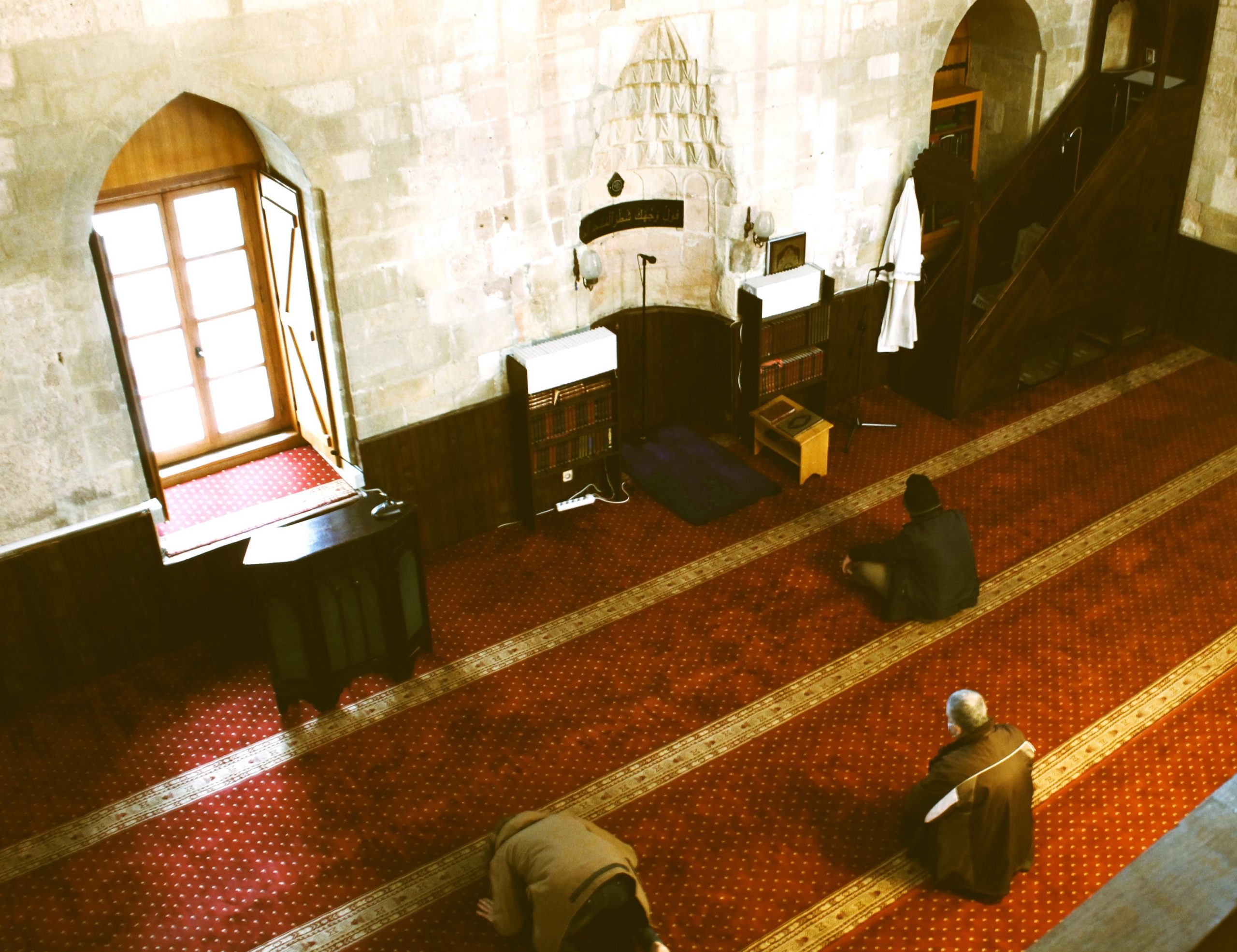Islam began to spread in part of the Balkan Peninsula withIN the Ottoman conquests in the late fourteenth and fifteenth centuries. After the fall of the medieval Serbian state under Ottoman rule, the Islamic religion eventually prevailed in some areas of the Balkans.
The ethnically diverse Islamic community of Serbia was mainly formed by a long process of islamization of the local Slavic population and the mmigration of Turks and other Muslims from the East. The conquest of Belgrade in 1521 by the Ottomans marked a turning point in the history of Belgrade, when the construction of Islamic religious buildings began with the increase in the Muslim population.
With the exception of three periods, when Belgrade was conquered by the Austrians (1688-1690, 1717-1739 and 1789-1791), the majority of the population until the middle of the 19th century were Muslims, which ultimatly led to the construction of a large number of Islamic religious buildings.
By the decree of Prince Mihailo Obrenović and the State Council in 1868, Muslims in Serbia were officially recognized the freedom to profess Islam, which marks the beginning of the constitution of the Islamic religious community in Serbia. After the Berlin Congress in 1878, the organization of the Islamic Religious Community within Serbia was officially established, headed by the Mufti (a representative of the religious authority and a judicial interpreter of Islamic law) in Nis.
After the First World War, in the Kingdom of Serbs, Croats and Slovenes, the center of the Supreme Mufti was moved from Nis to Belgrade. The position of Islam as a religion was determined in the new state by the Vidovdan Constitution adopted on June 28, 1921.
The Law on the Islamic Religious Community of the Kingdom of Yugoslavia in 1930. confirmed the unity of the Islamic community by establishing the function of Reis-ul-ulema – the supreme head of the Islamic Community of a state. With the change of this law in 1936, the muftis were abolished and the seat of the reis-ul-ulema was moved from Belgrade to Sarajevo.
After the Second World War, a new organization of the Islamic Community followed and its adaptation to the new circumstances. The Islamic Community of Serbia functioned within the Supreme Eldership of the Islamic Community of Yugoslavia with its headquarters in Pristina.

The disintegration of the SFRY led to the reorganization of the Islamic Community of Serbia, which was constituted at the Parliament in Nis in 1994, when the Belgrade Islamic Secondary Madrasa-Islamic School was formed.
Today, the Islamic Community of Serbia is the supreme body of all Muslims on the territory of Serbia, organized in the Riyaset (the main executive body of Islamic communities in the Balkan region). Today, the Riyaset of the Islamic Community of Serbia is divided into three areas: Serbian, Sandzak and Presevo.
